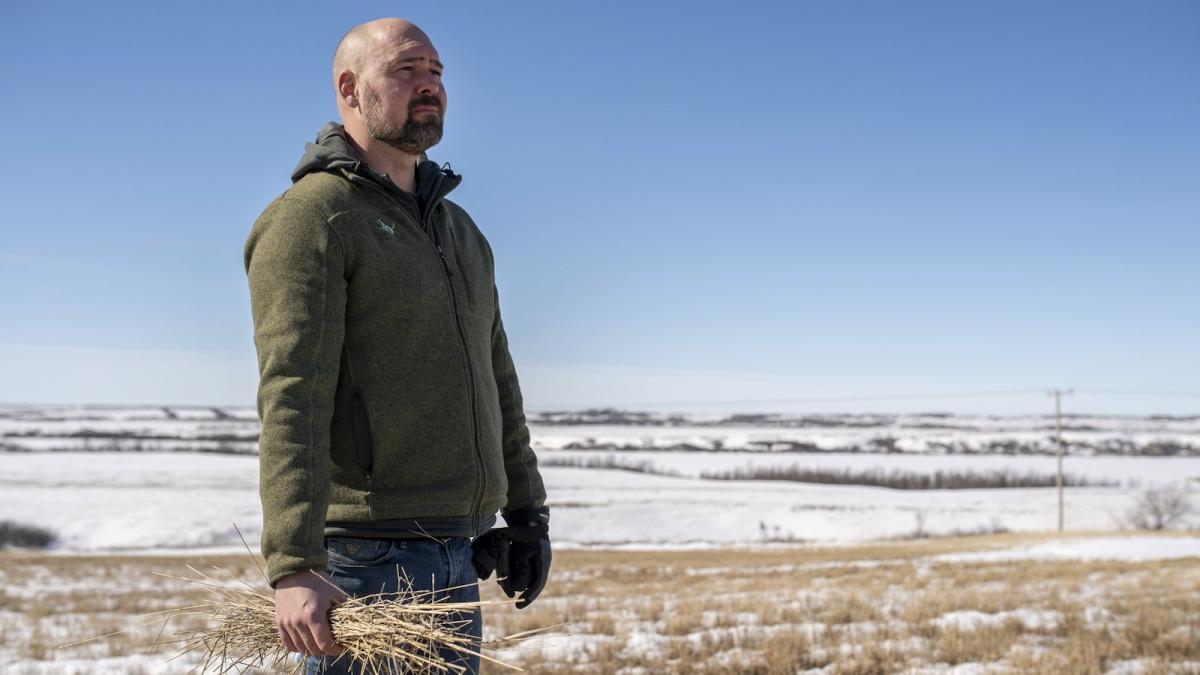This story was originally published by The National Observer and is reproduced here as part of the Climate Desk collaboration.
Last summer, most of the fields surrounding Joel VanderSchaaf’s Prairie farm were baked and brown, withered by one of the most severe droughts in recent memory. One stood out among the rest: A plot the Saskatchewan potato farmer had planted on a whim three years earlier with an experimental grain called Kernza, similar to the wheat used to make bread and beer.
“Our crop was pretty much the only green field around that wasn’t irrigated,” he recalled. “It (Kernza) is very efficient, very hardy … we were quite pleased with how it was growing.”
Kernza is a perennial, which means, like a lawn, it regrows and produces grain every year without having to be replanted. Its extensive root system allows it to draw water and nutrients from deep beneath the ground. Its roots sequester carbon in the soil and boost soil health, making it a regenerative agriculture dream crop. Those environmental benefits are what first drew VanderSchaaf to the unusual crop.

